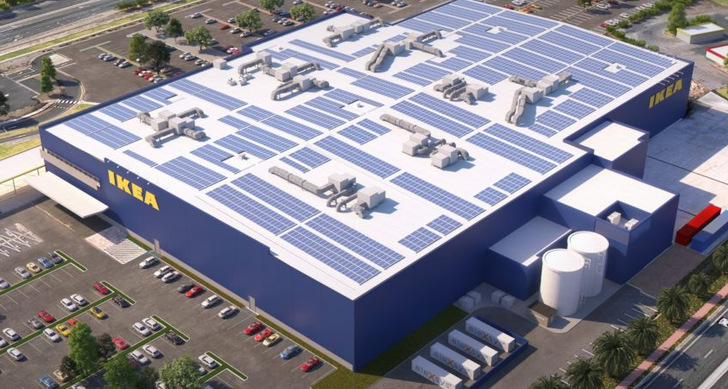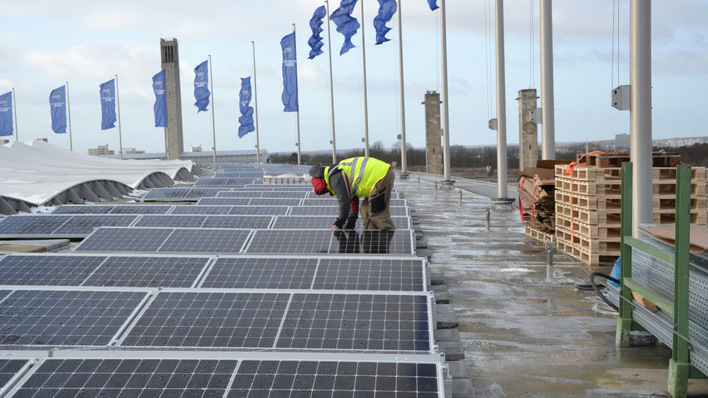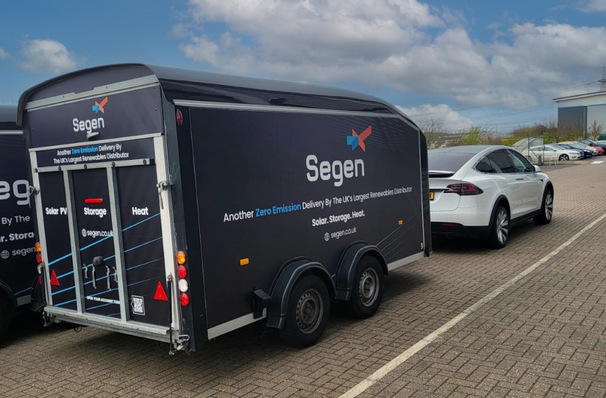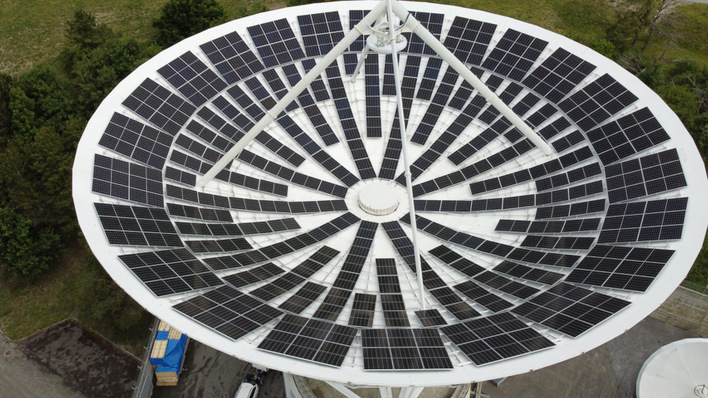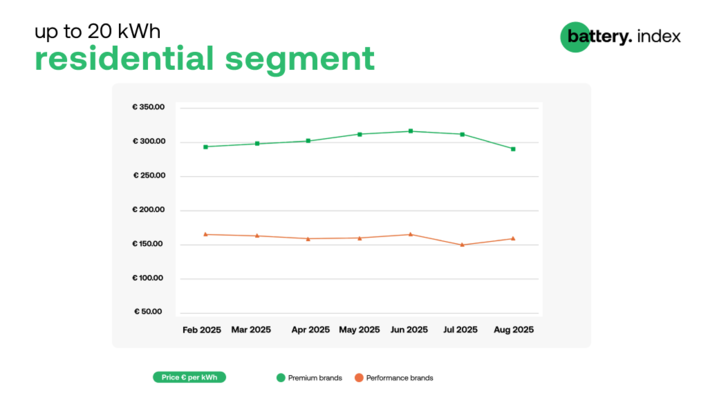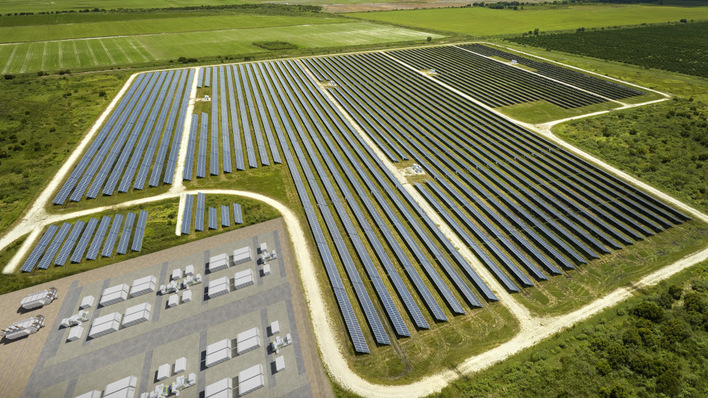The IKEA Australia Clean Energy Transformation Project will transition IKEA Adelaide to operating with 100 per cent renewable energy by 2025, with the excess energy being fed back into the state power grid.
The project, funded with 1.95 million Australian dollars from the South Australian Government’s Renewable Technology Fund, is being run in conjunction with Planet Ark Power, South Australia Power Networks and Epic Energy.
The first stage of the project includes 1.2 megawatts of solar panels installed on the rooftop of IKEA Adelaide, coupled with a 3.4 megawatt hour onsite battery, managed by Planet Ark Power’s eleXsys energy management system.
Surplus energy traded into the grid
The owner and operator of the microgrid, Epic Energy, will provide over 70 per cent of the store’s electricity consumption. The installation of the eleXsys technology solution will enable the surplus stored clean energy to be traded into the South Australian network when demand is at its highest.
See also:
Jolt Energy launches storage based high-power charger MerlinOne
In stage two, a PV carport with additional solar panels will be erected over the car park to meet the remaining 30 per cent of the store’s energy needs. As part of the project, EV chargers will be installed for customers, store staff and the IKEA delivery fleet servicing South Australia.
First project of its kind
South Australia Minister for Energy and Mining Dan van Holst Pellekaan said the project was the first of its kind in Australia and will combine solar power and battery with Schneider’s microgrid management systems and Planet Ark Power’s voltage management system.
Have you seen our latest pv Guided Tour?
ETU Software 2020: Fast from roof photo to 3D simulation!
“These together allow IKEA to help SA Power Networks to manage the local network to improve the quality of power to nearby homes and businesses,” he said. “The project will let IKEA significantly reduce its carbon footprint and make it easier for other companies to adopt low carbon technologies, and will combine innovative grid integration technology with 1.2 megawatts of rooftop solar photovoltaics and a 3.4 megawatt hour CATL battery and is a significant project for the state.”
Largest lithium-ion battery in the world
South Australia already leads the nation in the uptake of wind energy and roof-top solar, with renewable sources accounting for more than 50 per cent of the electricity generated in the state. It is also home to Tesla’s 100-megawatt/129-megawatt hour battery, which was the “world’s largest lithium-ion battery” when it was installed at Neoen’s Hornsdale Wind Farm in December 2017. Known as the Hornsdale Power Reserve, it was expanded in September 2020, increasing the battery's capacity of 150 megawatt hours. (mfo)


